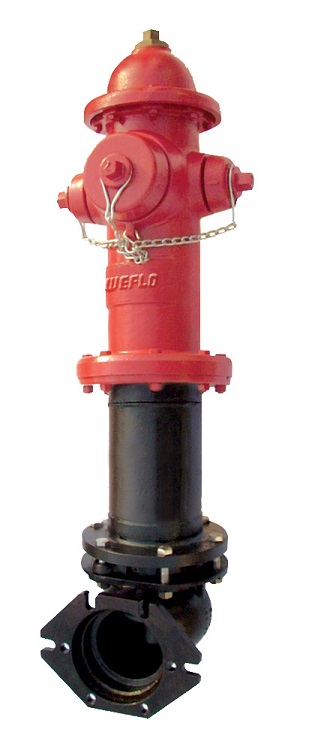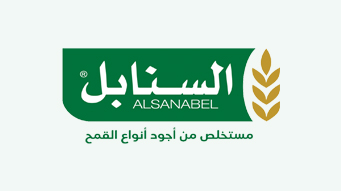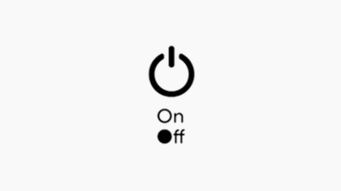
General basics about fire hydrants
A fire hydrant is a connection point through which firefighters can tap into the water supply. It is one of the components of active fire protection. Underground fire hydrants have been used in various countries around the world since at least the 18th century.
Fire hydrants working idea
The user connects a hose to a fire hydrant, then opens a valve on the hydrant to provide a powerful flow of water. within 350 kPa (51 psi); This pressure varies by region and depends on various factors (including the size and location of the connected water main).
This hose can be connected to a fire engine, which can use a powerful pump to boost water pressure and possibly split it into multiple streams.
Important precautions
The user must be careful not to open or close the fire hydrant too quickly, as this may cause water hammer. This may damage nearby pipes and equipment. The water inside the charged hose line causes it to be too heavy.
High water pressure also makes it stiff and unable to rotate tightly while pressing. When a fire hydrant is unobstructed, this is not a problem, as there is enough space to position the hose appropriately.
Therefore, use at partial open can result in significant flow directly into the soil surrounding the faucet. Which over time can cause severe dryness. Gate or butterfly valves can be installed directly on tap openings to control individual outputs and allow equipment connections to be changed without stopping flow to other openings. These valves can be up to 12 inches (30 cm) in diameter to accommodate the large center holes on many water faucets.
It is good practice to install valves on all openings before using the faucet because the protective covers are unreliable and can cause major injury if they fail.
Essential tools for using a fire hydrant
To prevent accidental use or misuse, the faucet requires special tools to be opened, usually a large wrench with a five-point socket. Vandals sometimes cause financial loss by wasting water when taps are turned on.
Such vandalism can also reduce municipal water pressure and impair firefighters’ efforts to extinguish fires.
All fire hydrants are secured to the ground with bolts to protect the hydrant from vandalism and unauthorized use.
Types of fire hydrants
Taps can be above ground, an accessible portion of the tap is above ground. It can also be installed on the exterior wall of a building. Or underground, where taps can be accessed under a heavy metal cover.
In areas exposed to low temperatures, at most only part of the tap is above the ground. The valve is located below the frost line and is connected by a riser to the above-ground portion. The valve rod extends upward through a plug at the top of the faucet, where it can be operated with the appropriate wrench. The underground drain valve is opened when the water valve is completely closed. This allows all the water to drain from the faucet body to prevent the faucet from freezing.
In warm areas, above-ground hydrants may be used with one or more valves in the above-ground portion. Unlike cold weather faucets, it is possible to turn the water supply on and off to each outlet. Wet and dry faucets usually have multiple outlets.
Why are above-ground faucets colored?
Above ground taps are colored for purely practical standards. For quick identification the hood and nozzle caps should be coded according to their available flow. This helps arriving firefighters determine how much water is available and whether to call in additional resources or find another hydrant.
Other encodings can be used, and are used frequently, some more complex, including compression information, others more simplified.


























